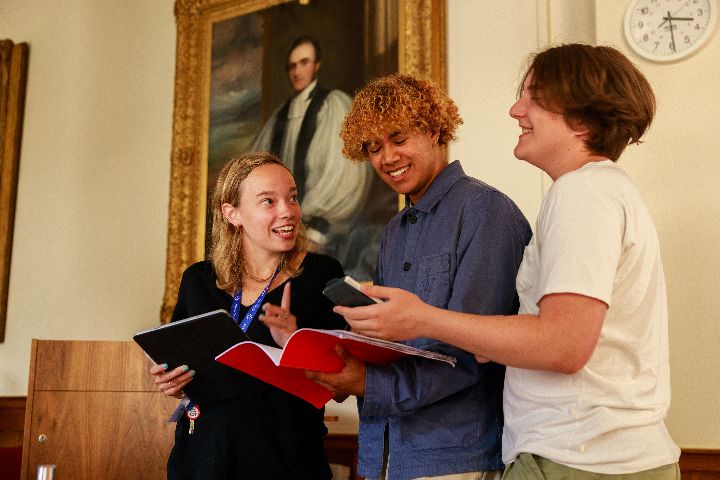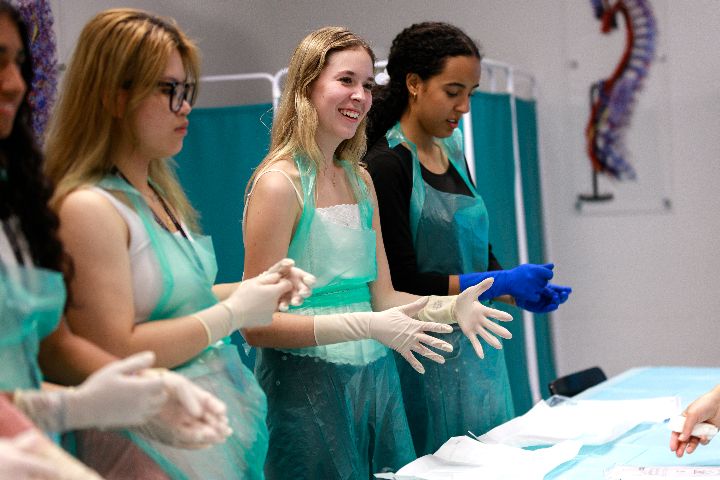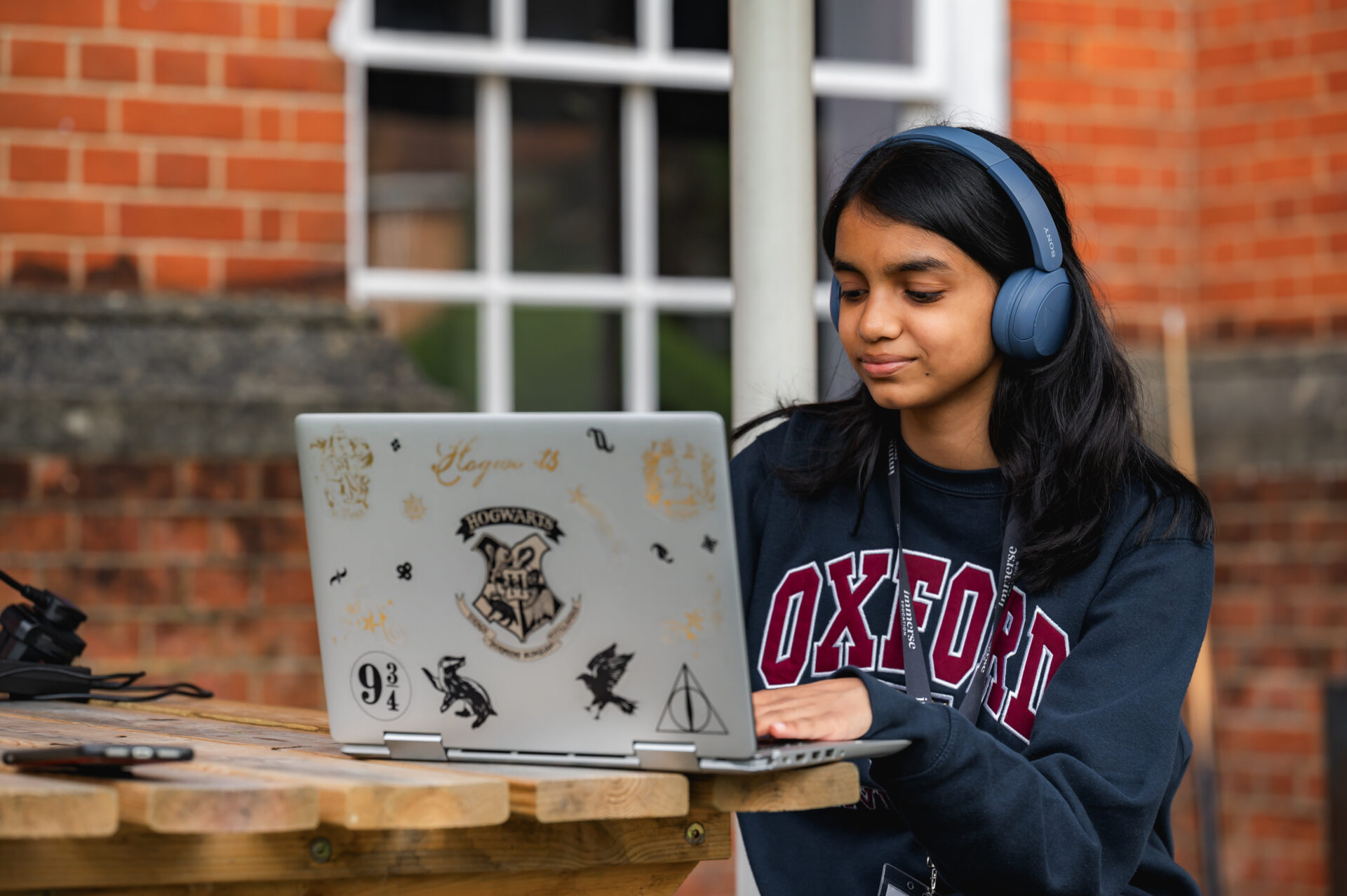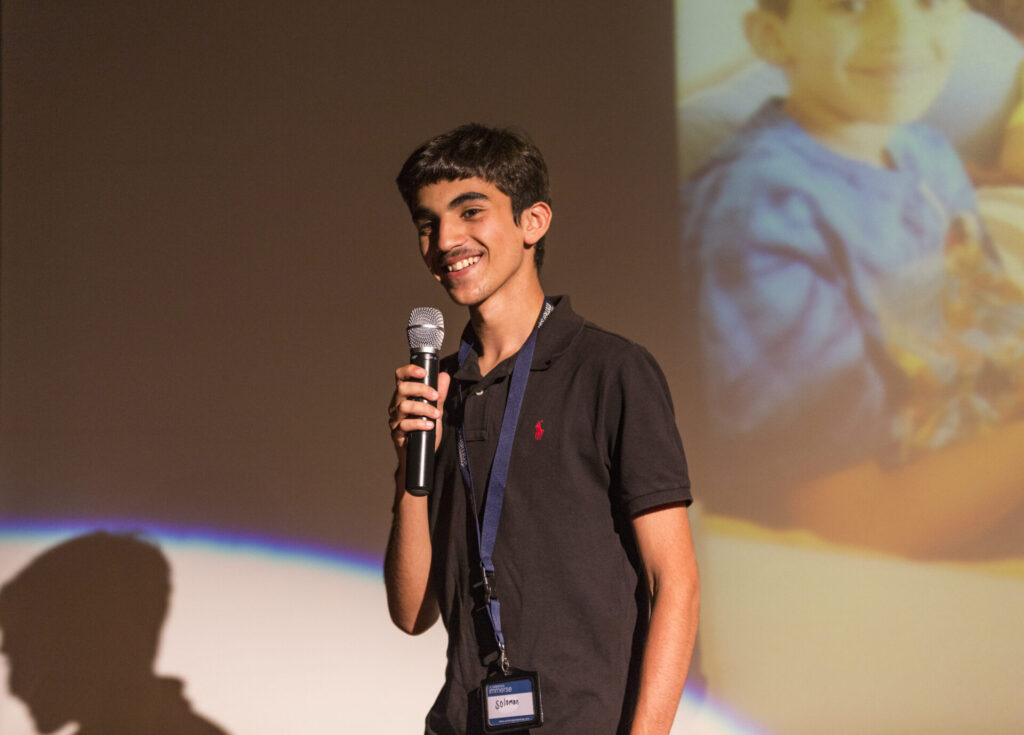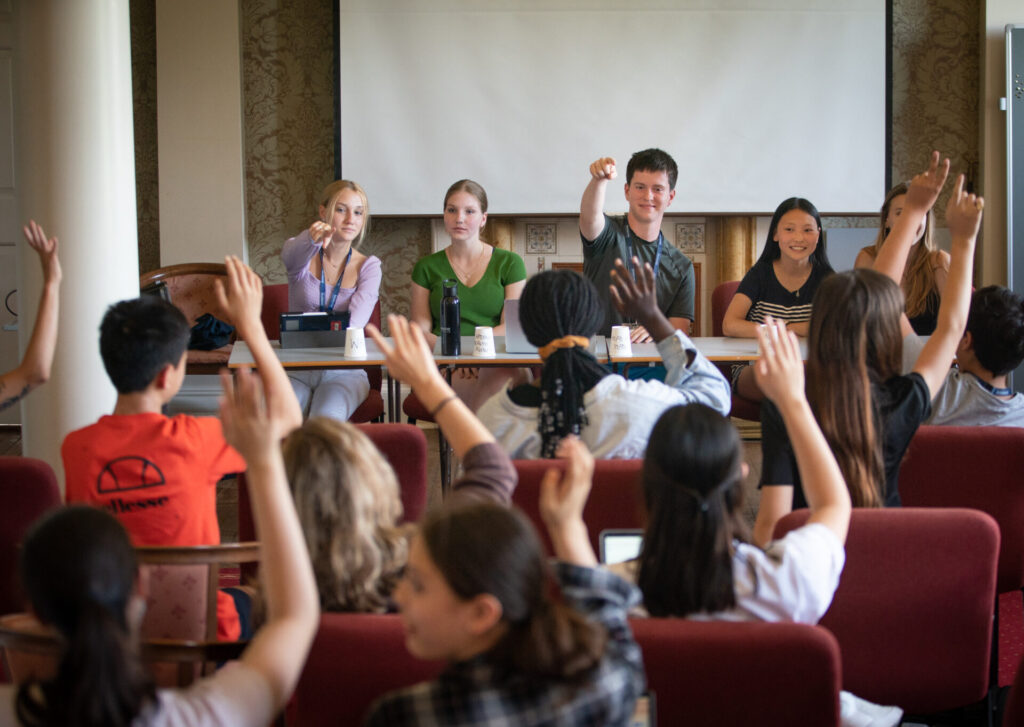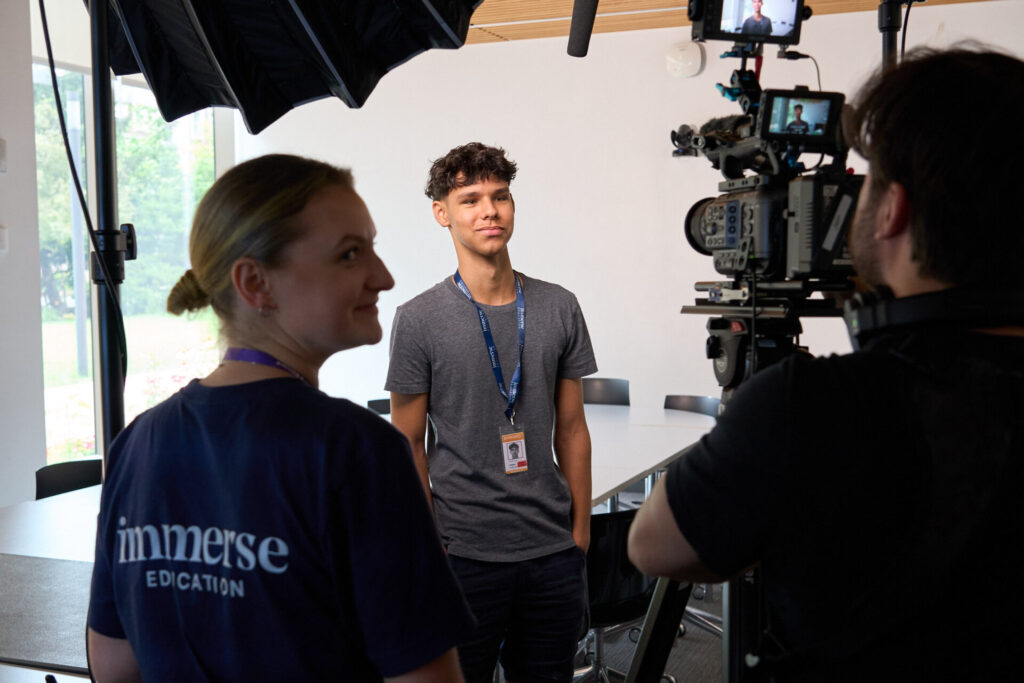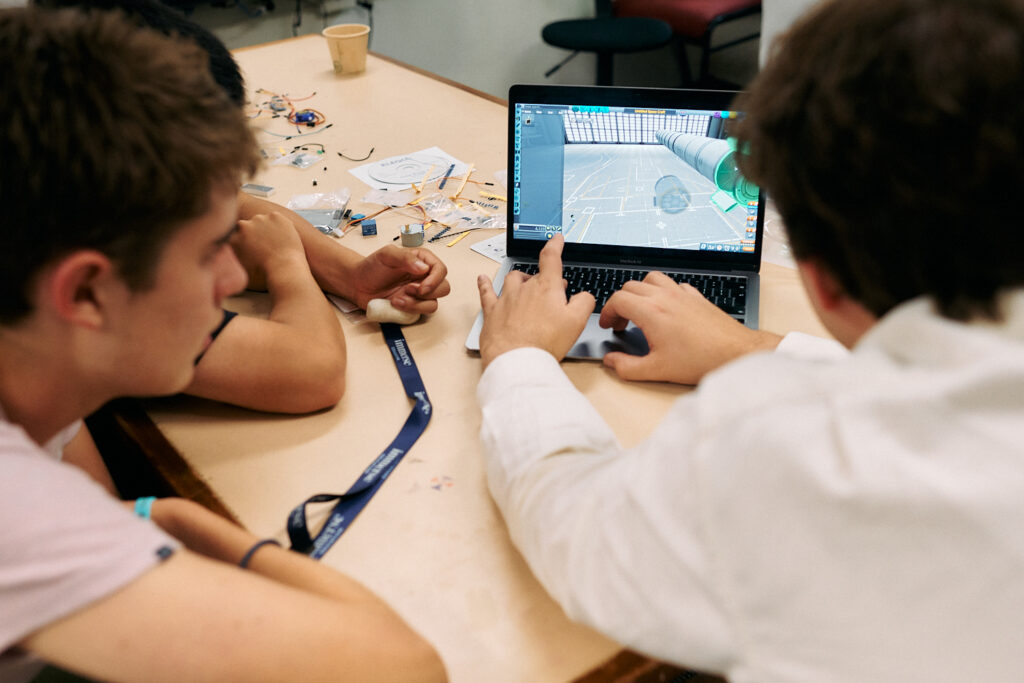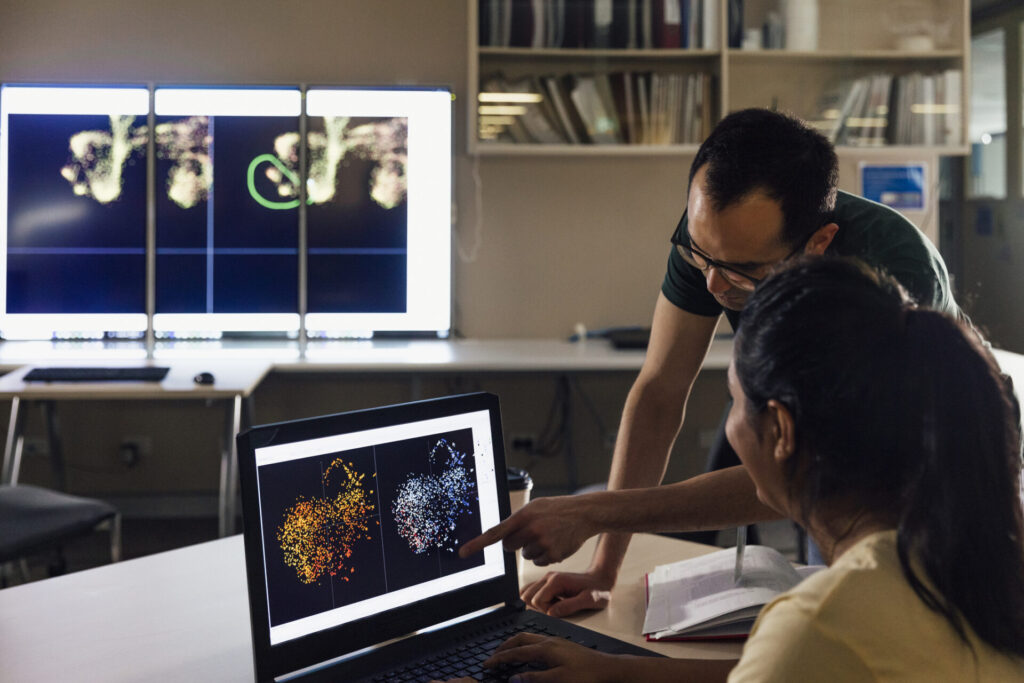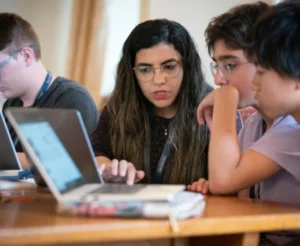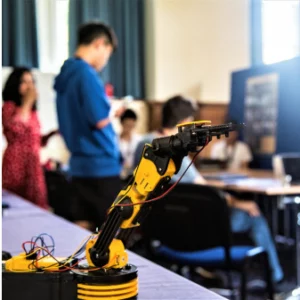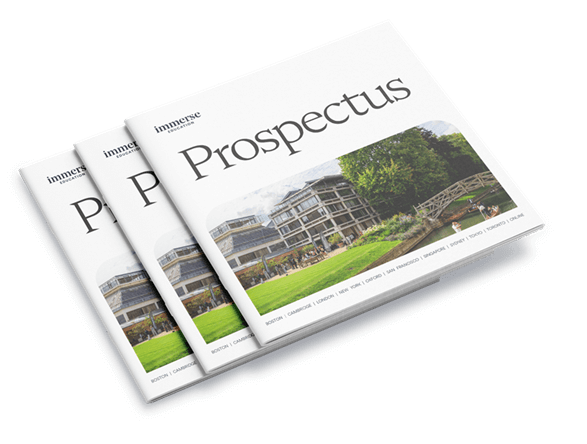What Is the International Mathematical Olympiad?
High school students from around the world qualify through national exams to compete in this international mathematics championship, where they solve complex, proof-based problems over two days. At the end, medals are awarded to those who demonstrate exceptional mathematical creativity and problem-solving skills. In this article, we’re diving into the detail – including who runs the Olympiad, how to succeed, and answers to common questions.
Students can enter this competition and explore hundreds of others through Succeed.
Where Is the International Mathematical Olympiad Held?
The International Mathematical Olympiad, supported by the IMO Foundation, is held annually in a different host country, with all participants attending in person. Students qualify through national selection processes in their own countries, so participation is limited to officially selected national teams.
About the IMO Foundation: Supporting Excellence in Global Mathematics
The IMO Foundation is a non-profit organization established to support and promote the International Mathematical Olympiad (IMO). The IMO is widely seen as the world’s most prestigious mathematics competition for high school students. Founded to ensure the sustainability and development of the Olympiad, the Foundation works behind the scenes to provide financial, logistical, and organizational support to the annual event.
The Foundation collaborates with host countries, national math societies, and educational institutions to uphold the high standards and global reach of the IMO. It also helps ensure that the competition remains inclusive and accessible, especially for countries with fewer resources.
Beyond the competition itself, the IMO Foundation is committed to nurturing mathematical talent, encouraging international cooperation, and celebrating the spirit of academic excellence. By supporting the IMO, the Foundation plays a key role in inspiring young problem-solvers and fostering a global community of future scientists, engineers, and thinkers.
The International Mathematical Olympiad has been held annually since 1959. The Foundation continues to be a vital part of its growth and success.
Join the Immerse Education 2024 Essay Competition
The Immerse Essay Competition is open for 2024! Follow the instructions to write and submit your best essay for a chance to be awarded a 100% scholarship.
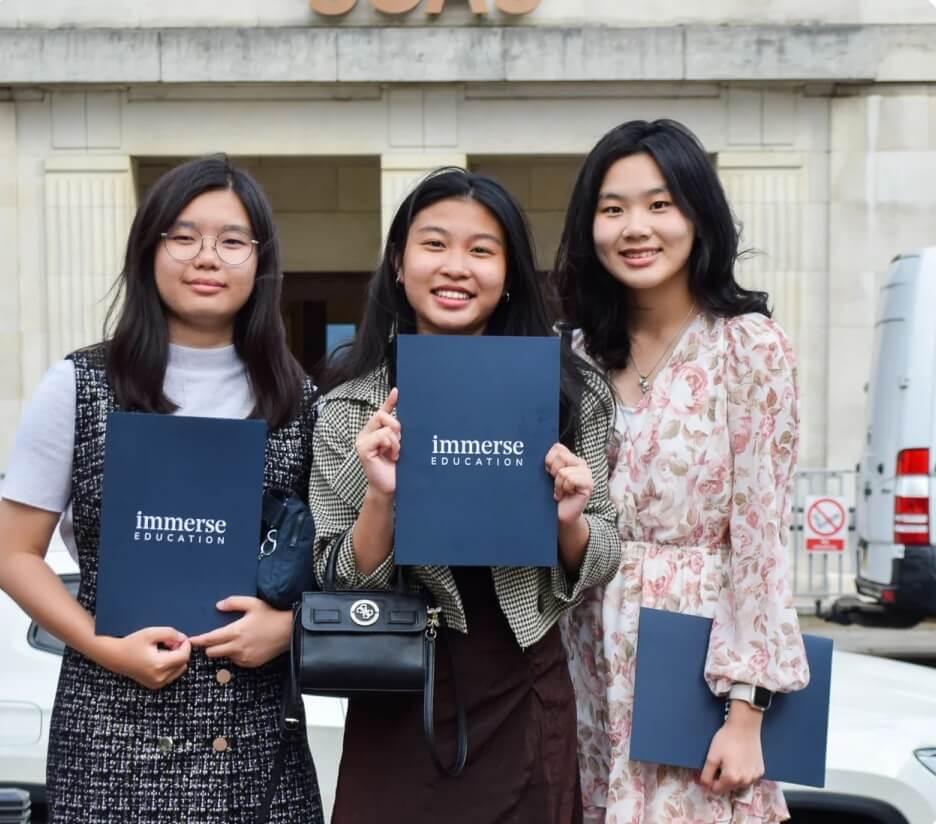
Key Details
Subjects: Advanced mathematics (algebra, geometry, combinatorics, number theory)
How to Enter: Qualify through national mathematics olympiad selection processes; represent your country as part of a national team.
Age Range: High school students under 20
Competition Format: Two days of exams, each with three challenging proof-based math problems to solve in 4.5 hours.
Recognition: Gold, silver, and bronze medals awarded to top-scoring students worldwide.
Sample Question: Let a, b, c be positive real numbers such that abc = 1. Prove that a³ + b³ + c³ ≥ a + b + c.
Our Tips for Succeeding in the International Mathematical Olympiad
Begin preparing early by studying advanced topics in algebra, geometry, combinatorics, and number theory. Solve problems from previous competitions and national olympiads to develop creative problem-solving skills. Work on writing clear, logical proofs, and practice under timed conditions. Seek guidance from mentors or join math circles to discuss challenging concepts and learn new strategies.
FAQs
How Competitive is the International Mathematical Olympiad?
The Mathematical Olympiad is one of the most competitive math contests globally. Only top students from each country qualifying to compete for medals.
How Does the International Mathematical Olympiad Impact College Applications?
Significantly. Participation or medals in the IMO are among the most prestigious academic achievements and can greatly strengthen applications to top universities, especially for STEM programs.
Is the Mathematical Olympiad Exclusively for High School Students?
The Mathematical Olympiad is designed for secondary school students, generally ages 14–19, who have not yet started university.
